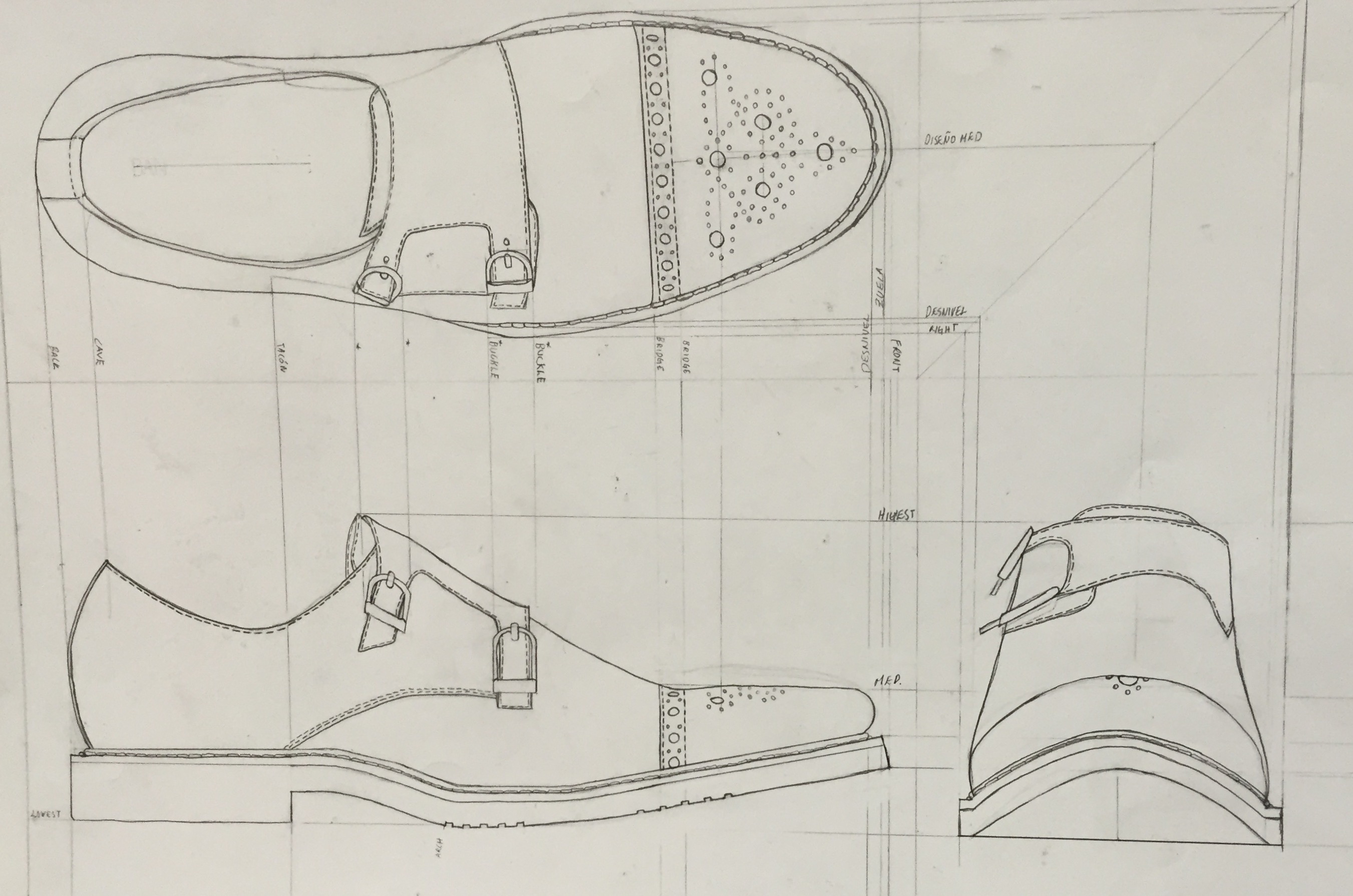Jacob Jensen was a Danish designer, best known for creating sound systems, portable radios, and recording players for electronics manufacturer Bang & Olufsen.
He was the first Dane to become an industrial designer, and opened his own consultancy in 1958. He then became part of B&O where he developed more than 200 products, and created a form language for that and several other companies.
He had a huge impact in design history, because he developed a new ultramodern minimalistic form language with a timeless appeal. His concept of design made B&O a more globalized company, and increased its worldwide popularity.
Jensen was a pioneer in a forward-looking, technological aesthetic. He looked at alternative materials to create his products, instead of doing it the mainstream. Himself, described his own work as “different but not strange.”
The design complements that Jensen established since 58, were based on perspective, innovation, creativity, understanding, and most importantly reworking technique. Creating proposals and re-designing them over and over until optimal design was achieved.
These are some words in a New York Times article by Bruce Weber, about the Jensen’s process found on his website:
“In my view, constructing a fountain pen, writing a poem, producing a play or designing a locomotive, all demand the same components, the same ingredients: perspective, creativity, new ideas, understanding and first and foremost, the ability to rework, almost infinitely, over and over. That ‘over and over’ is for me the cruelest torture.
“The only way I can work,” he continued, “is to make 30-40 models before I find the right one. The question is, when do you find the right one? My method is, when I have reached a point where I think, O.K., that’s it, there it is, I put the model on a table in the living room, illuminate it, and otherwise spend the evening as usual, and go to bed. The next morning I go in and look at it, knowing with 100 percent certainty that I have 6-7 seconds to see and decide whether it’s right or wrong.
“If I look at it longer, I automatically compensate. ‘Oh, it’s not too high,’ and ‘It’s not so bad.’ There are only those 6-7 seconds; then I make some notes as to what’s wrong. Finished. After breakfast, I make the changes. That’s the only way I know.”
Apart from this, with my class, I went to the MoMA (Museum of Modern Art) and all of the images portrayed in this research are pictures, taken by me, of some objects Jensen designed during his lifetime that are found in exhibitions in the museum.
Bibliography:
Dawood, Sarah. “Bang & Olufsen Design Pioneer Jacob Jensen Dies Aged 89.” Design Week (Online) May 18, 2015 ProQuest. 31 May 2015 .
“Jacob Jensen Design.” JACOB JENSEN DESIGN. Accessed May 31, 2015.
Weber, Bruce. “Jacob Jensen, Designer in Danish Moder Style, Dies at 89.” Business Day, New York Times (Online) May 21, 2015. 7 June 2015
























































